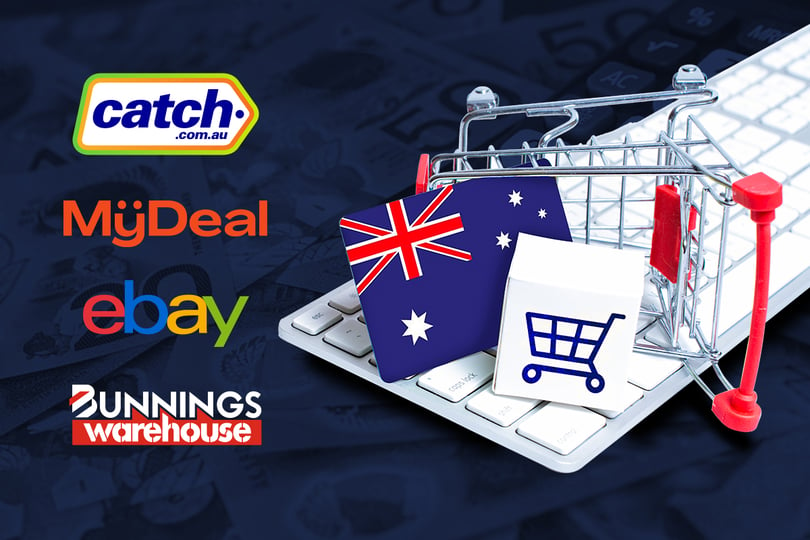Shopper insights to drive retailer success on Australian marketplaces

-
Understanding shopper engagement: Get ready to unlock the secrets of how shoppers interact with marketplaces and what makes 'em tick.
-
The customer journey: We'll take you on a ride through the steps customers take from browsing to buying. And we'll show you how marketplaces can smooth out that journey for 'em.
-
Optimizing marketplace involvement: We've got some pro tips to help you maximize your presence on marketplaces and skyrocket your sales.
-
The continuing evolution of marketplaces: Marketplaces never stay still, so we'll keep you in the loop on the latest trends and changes you need to be aware of.
Sneak Peek
Starting from shoppers
Retailers and brands considering a marketplace strategy have multiple choices to consider. Should they select an Australian or international marketplace? Also, should they choose one that features many used items, such as eBay? One associated with a specific retailer? Or perhaps a category-specific, curated, or niche marketplace, such as Averee, which specialises in products for people living with a disability?
We believe the best place to start planning any retail strategy is with shoppers; focus on what they want from marketplaces, how they use them, and what keeps them coming back (or drives them away).
Download full deep-dive report now
Drawing upon a wide range of the latest data, the industry knowledge of Inside Retail, and the expertise of ChannelEngine as a leading marketplace integrator, this report provides much-needed perspective on shopper engagement with marketplaces. It also makes recommendations to merchants and sellers for leveraging marketplaces to gain new customers and increase sales.
This report focuses on four critical topics:
- Understanding shopper engagement
- The customer journey
- Optimising marketplace involvement
- The continuing evolution of marketplaces
We trust that you will find this report useful, and we look forward to helping your business leverage the incredible opportunities on online marketplaces.
ChannelEngine Advice
1. The key to building your go-to-marketplace strategy lies in understanding your ideal shopper’s behaviour — familiarise yourself with their wants and needs first, then decide how and where you’ll meet them.
2. Establishing a local position should be a priority for local sellers. Aside from the popularity of horizontal (or one-stop shop) marketplaces like Amazon, vertical marketplaces in a single industry, like The Iconic are on the rise, and make great options for merchants to consider.
3. Retailers, brands and merchants should consider marketplaces fully-fledged channels, as important in an omnichannel strategy as their own brand.com or bricks-and-mortar store. Marketplaces clearly meet shoppers’ needs in their path to purchase.
Download a full copy of the report below to read the rest!



